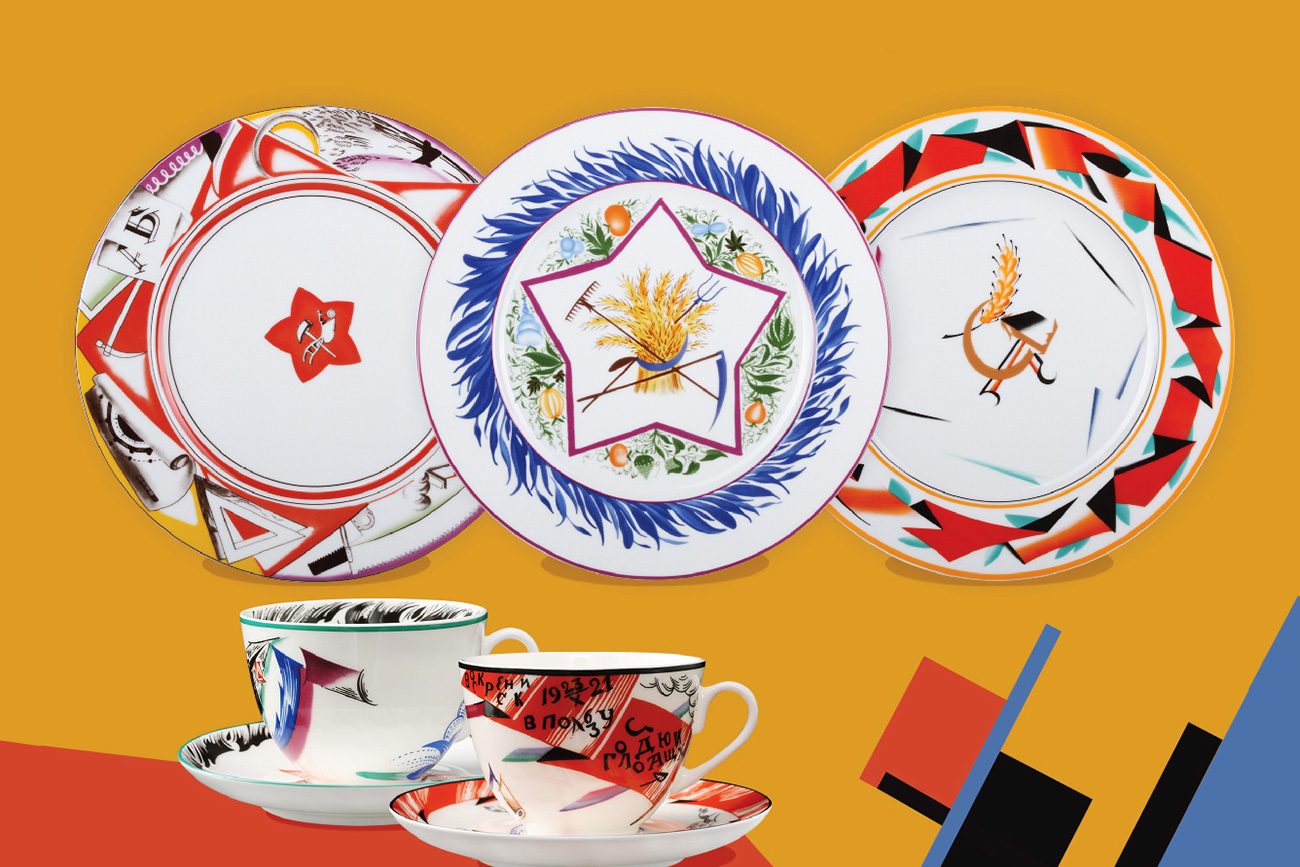
Propaganda porcelain
Imperial Porcelain Factory Propaganda porcelain / Imperial Porcelain Factory
Propaganda porcelain / Imperial Porcelain Factory
The Imperial Porcelain Factory has reissued a collection of 28 items designed by prominent Russian artists from the 1920s, inspired by the avant-garde.
After the 1917 Russian Revolution, the factory was renamed the State Porcelain Factory and began churning out new styles – combining modern and traditional forms.
As the Bolsheviks took power of the country, they wanted to make porcelain affordable for the masses. Only the upper-class was able to buy such luxuries before. The new designs also represented the communist agenda and were a form of propaganda. Famous artists such as Kazimir Malevich, Vassily Kandinsky, Vladimir Tatlin, Boris Kustodiev, and Kuzma Petrov-Vodkin created new porcelain lines inspired by the revolution, many pieces of which are now on display in the State Hermitage Museum in St. Petersburg.
Among the modern reincarnations of the iconic items are the "Red and White" chess set, Malevich's teapots and cups, figurines of revolutionary sailors from St. Petersburg, factory workers, and plates decorated with Soviet symbols like the hammer and sickle, red flags, and red stars.
RBTH has selected some of the most interesting items from the new collection. All of them are available to buy in the factory shop in St. Petersburg, or on the website (the items are cheaper online and can be delivered all over Russia).
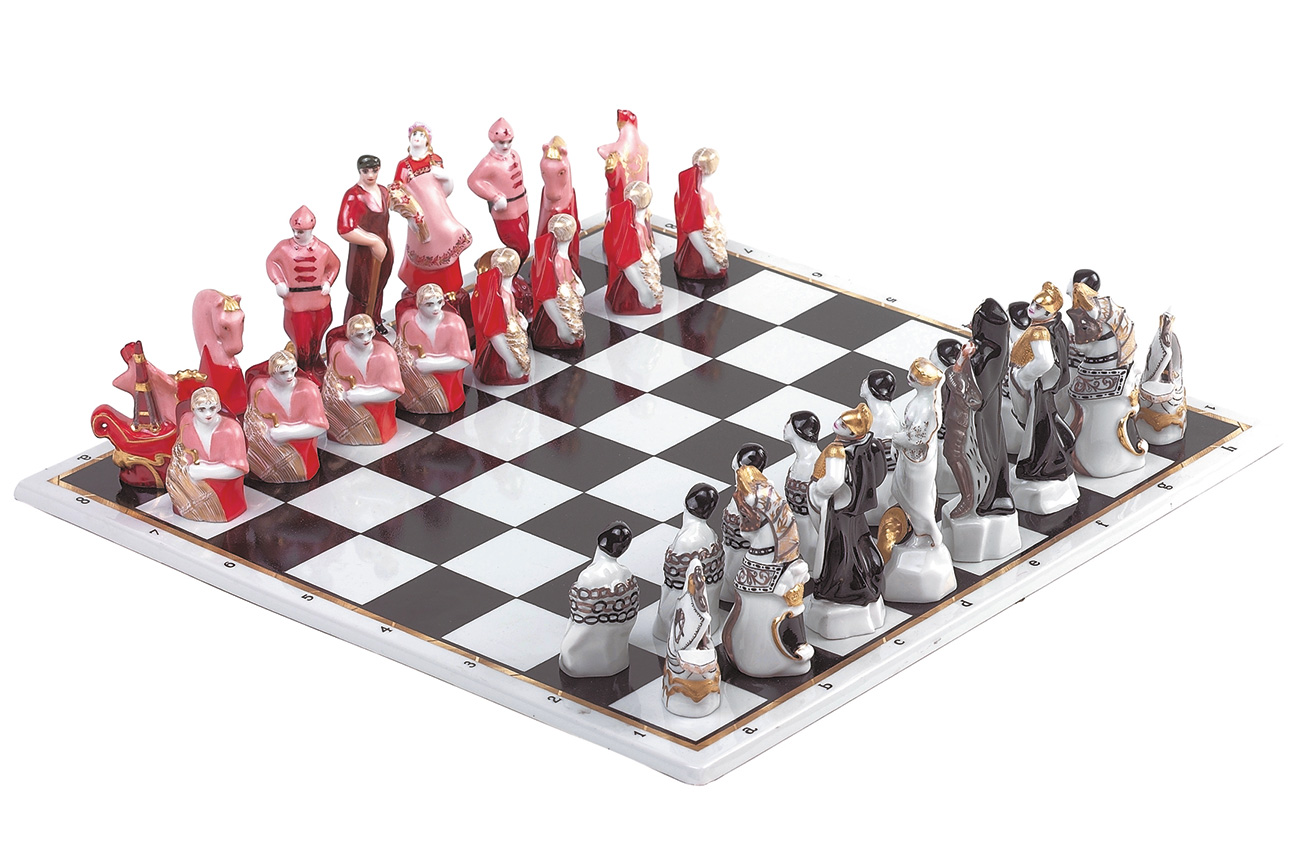 Photo: Imperial Porcelain Factory
Photo: Imperial Porcelain Factory
The largest and most expensive item in the new porcelain collection is the “Red and White” chess set (340,200 rubles or about $5,769). It was originally designed by two sisters who worked in the factory: Natalya Dan’ko formed the figures and Yelena Dan’ko painted them. The red king, queen, and pawns are figures of workers, peasants, and soldiers from the Red Army, while the white pawns are slaves in chains.
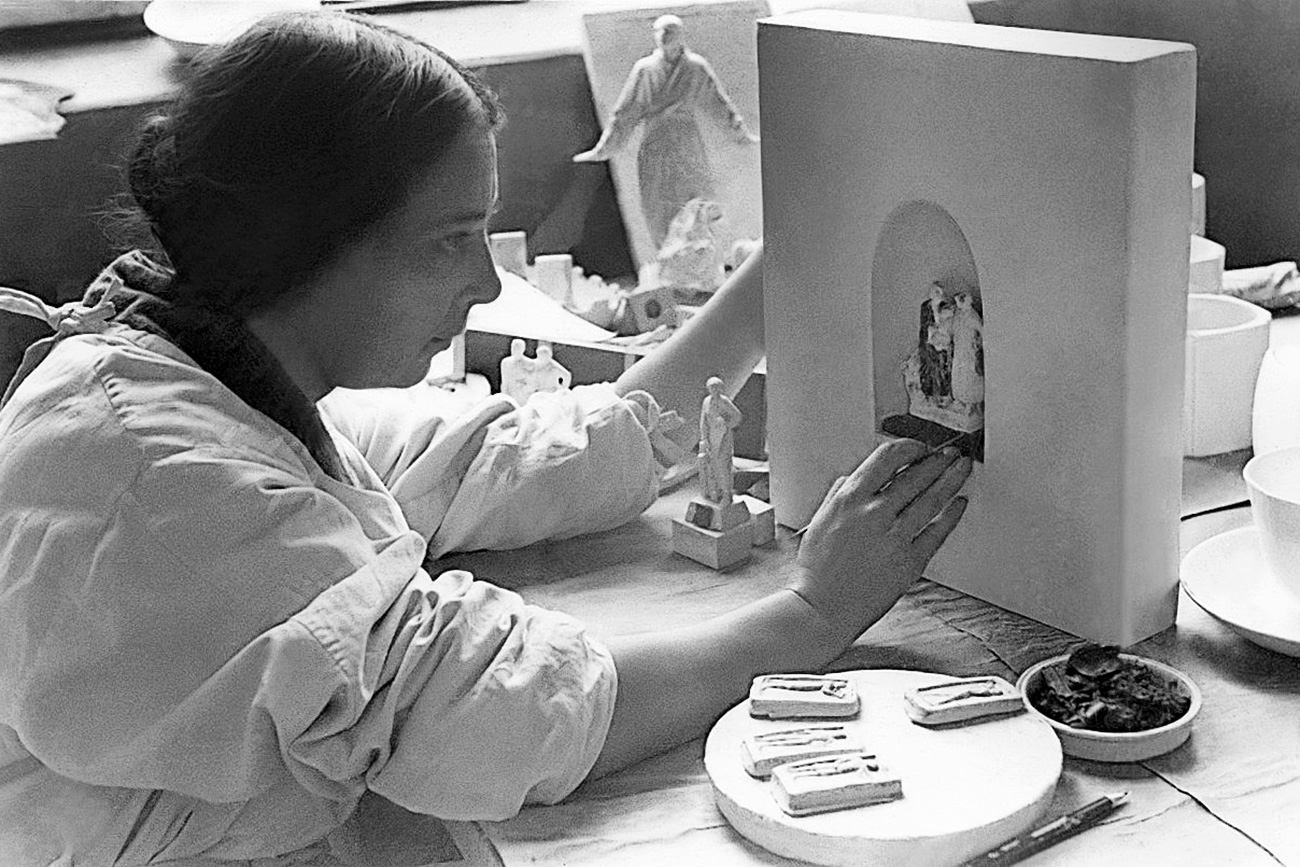 Photo: Imperial Porcelain Factory
Photo: Imperial Porcelain Factory
Artist Natalya Dan’ko forming the sculpture “Workers’ family,” 1935.
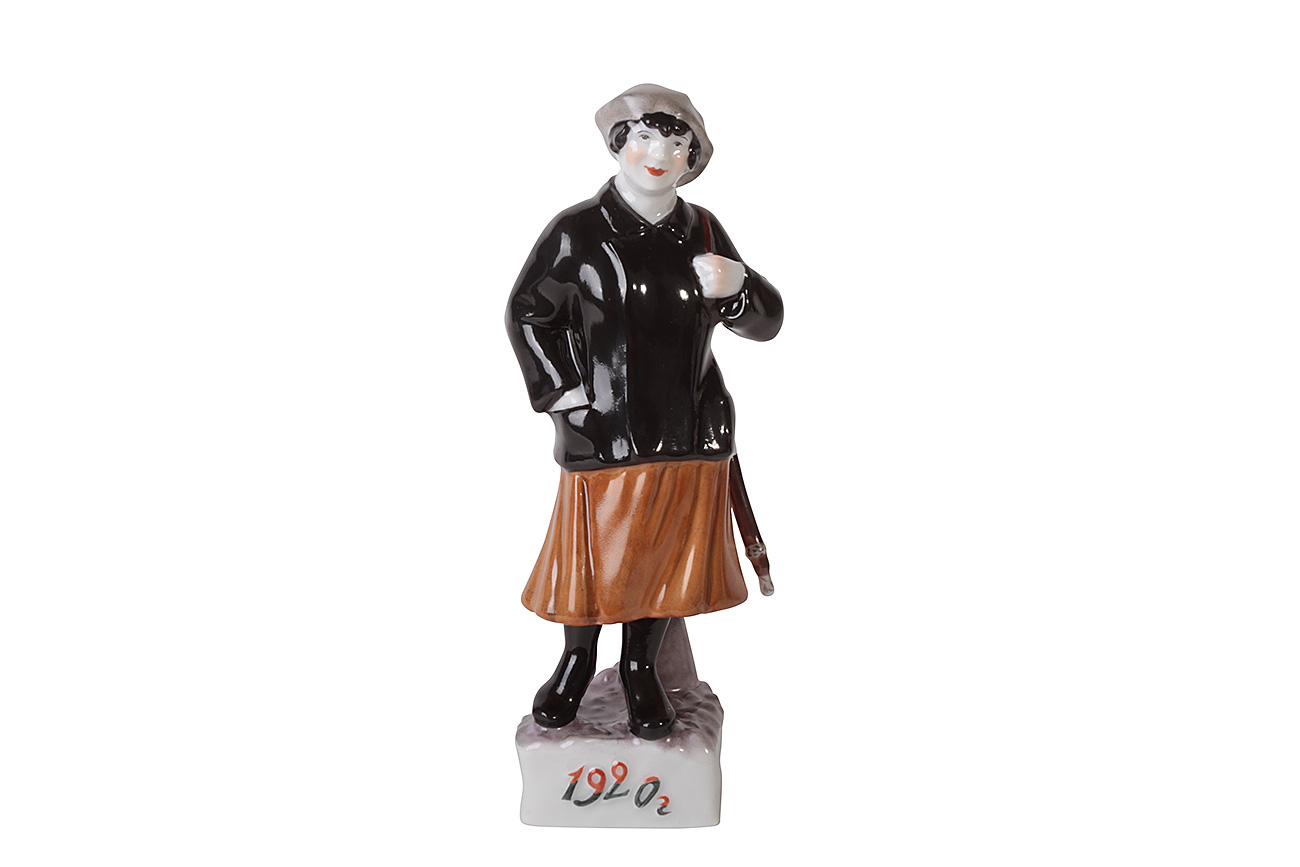 Photo: Imperial Porcelain Factory
Photo: Imperial Porcelain Factory
Another figure made by the Dan’ko sisters is a portrayal of a female militia member with a gun. This sculpture has gold features, so it’s also not cheap. It will set you back 52,940 rubles - almost $900.
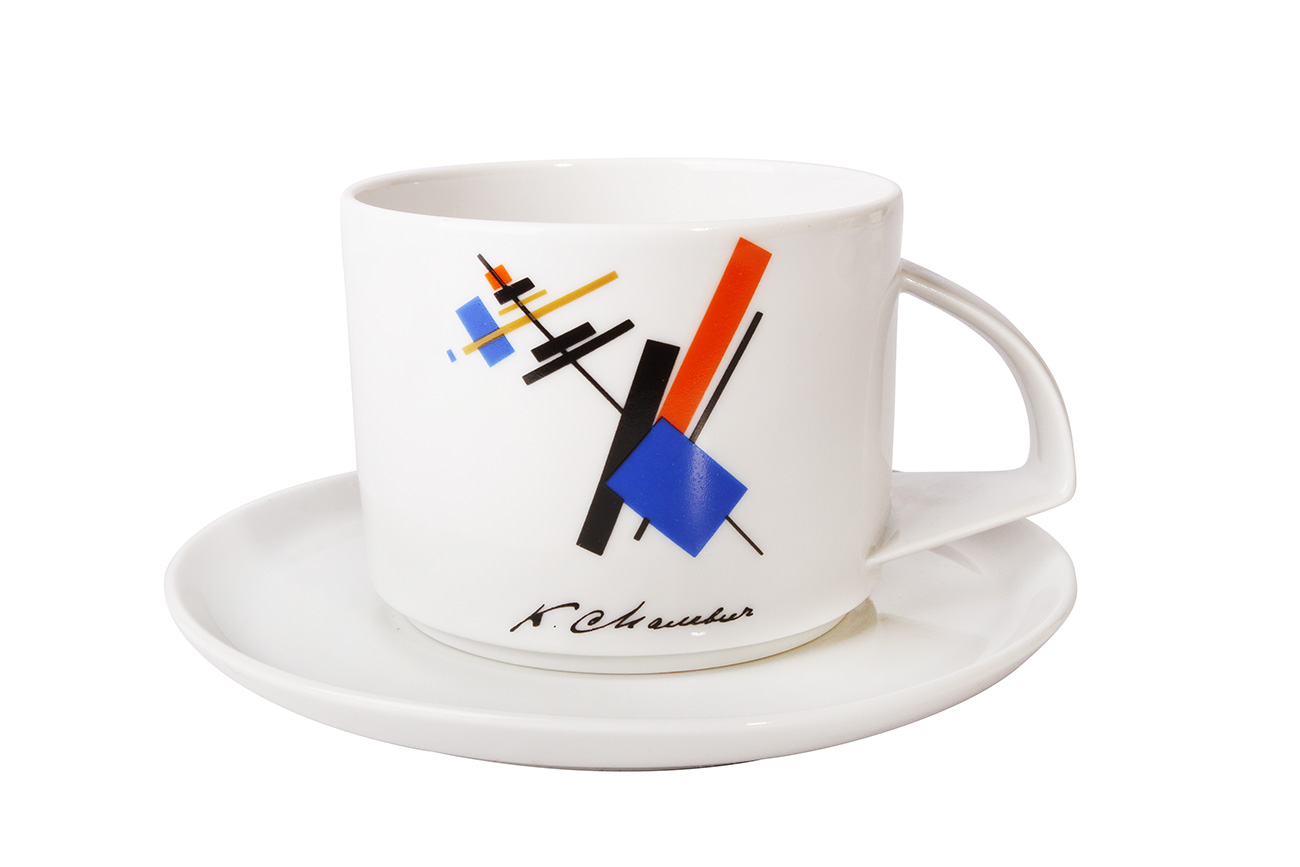 Photo: Imperial Porcelain Factory
Photo: Imperial Porcelain Factory
A teacup and saucer designed by Kazimir Malevich named “The Balance.” It only costs 1,390 rubles ($23).
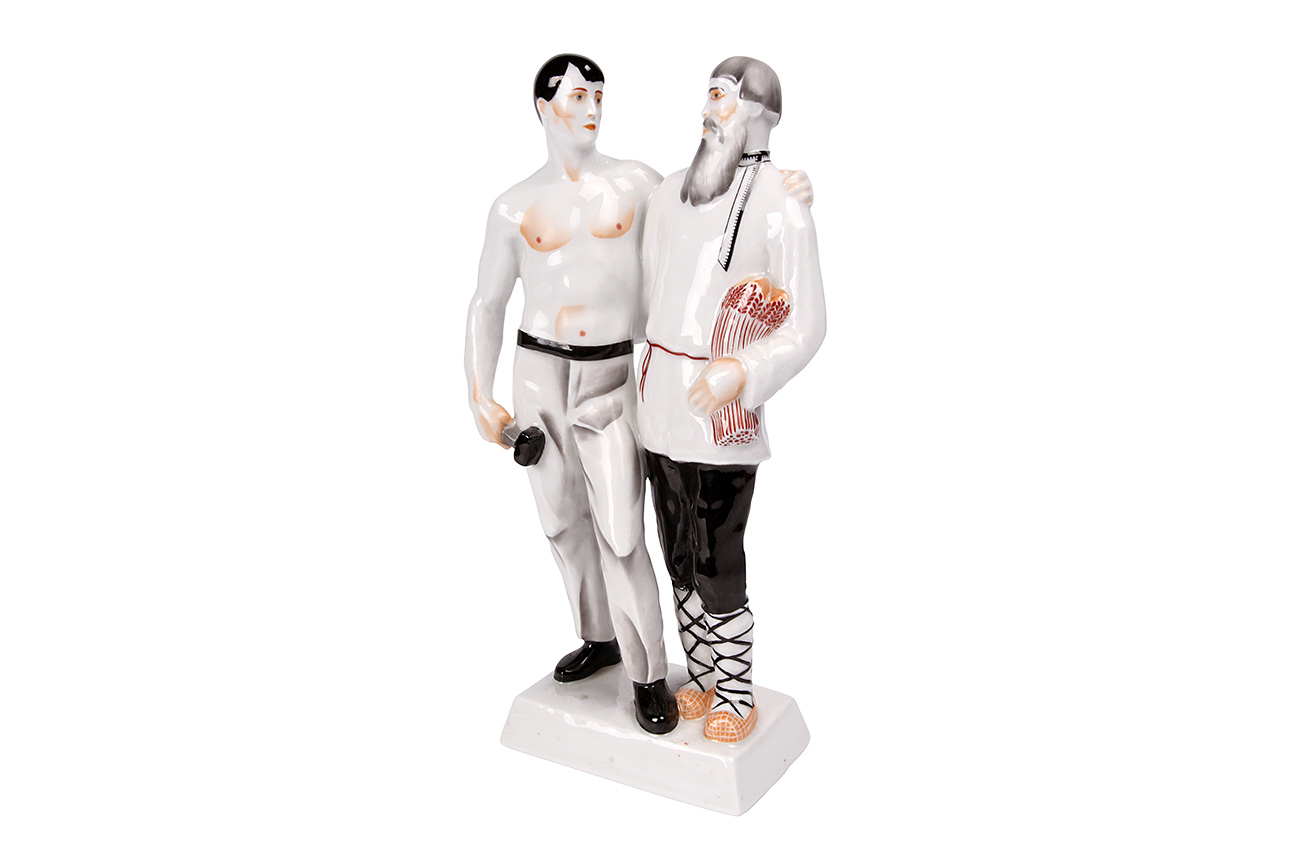 Photo: Imperial Porcelain Factory
Photo: Imperial Porcelain Factory
This sculptor is of a worker and a peasant, symbolizing the city and the village uniting as one. The item is called “Smychka,” and old Russian word meaning “Union.” You’ll have to fork out 37,000 rubles or $627.
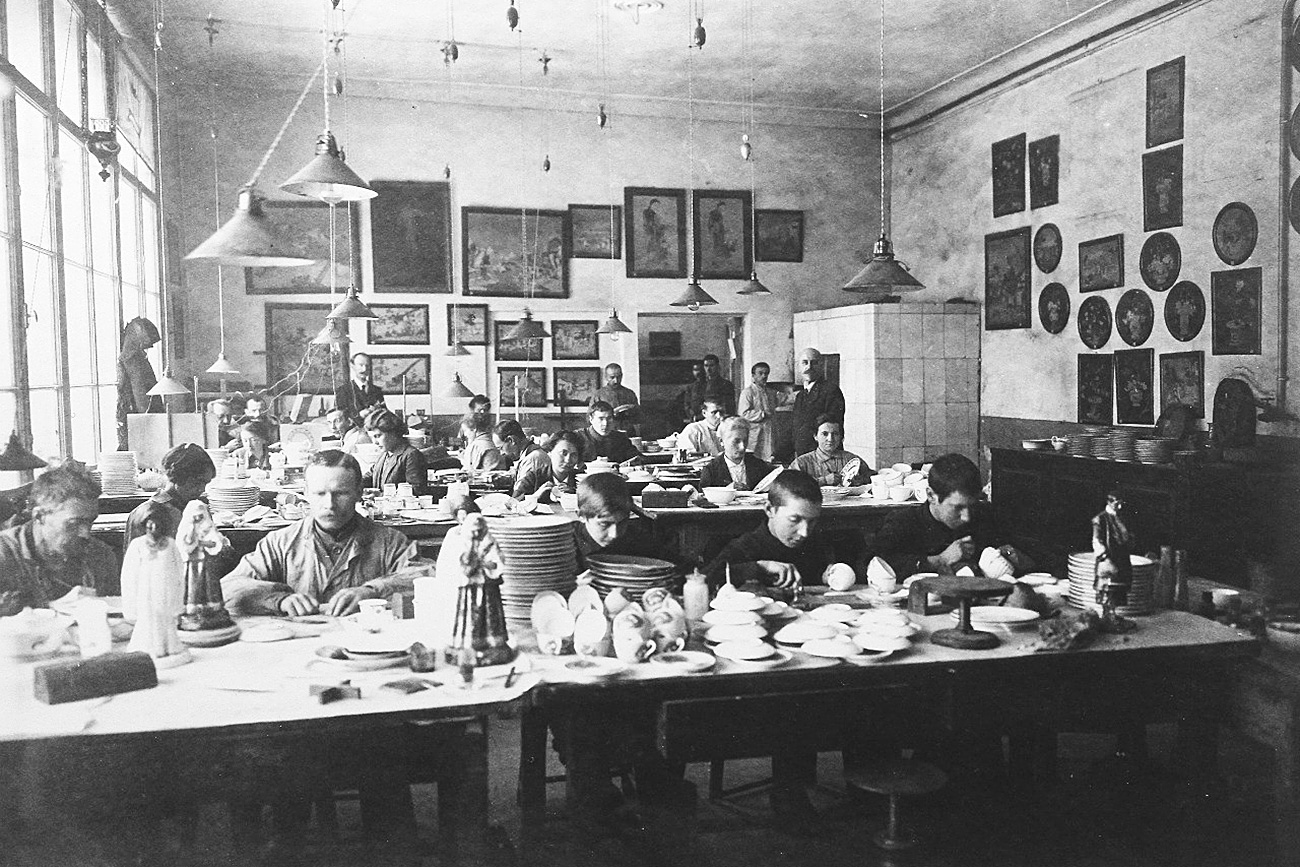 Photo: Imperial Porcelain Factory
Photo: Imperial Porcelain Factory
The State Porcelain Factory’s artistic studio, 1918.
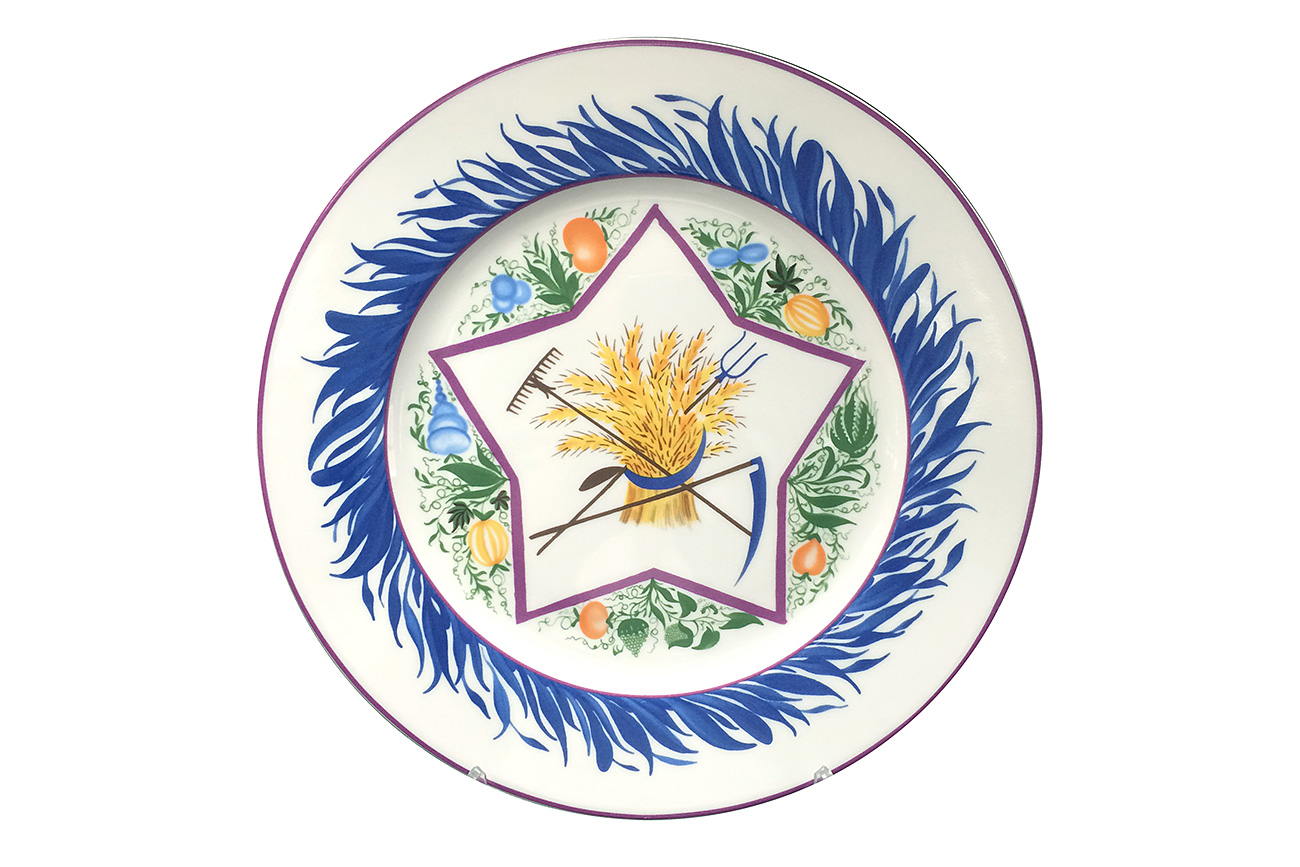 Photo: Imperial Porcelain Factory
Photo: Imperial Porcelain Factory
“A big star with a sheaf” - the plate was designed by talented artist Sergei Chekhonin. It costs 1,190 rubles ($20).
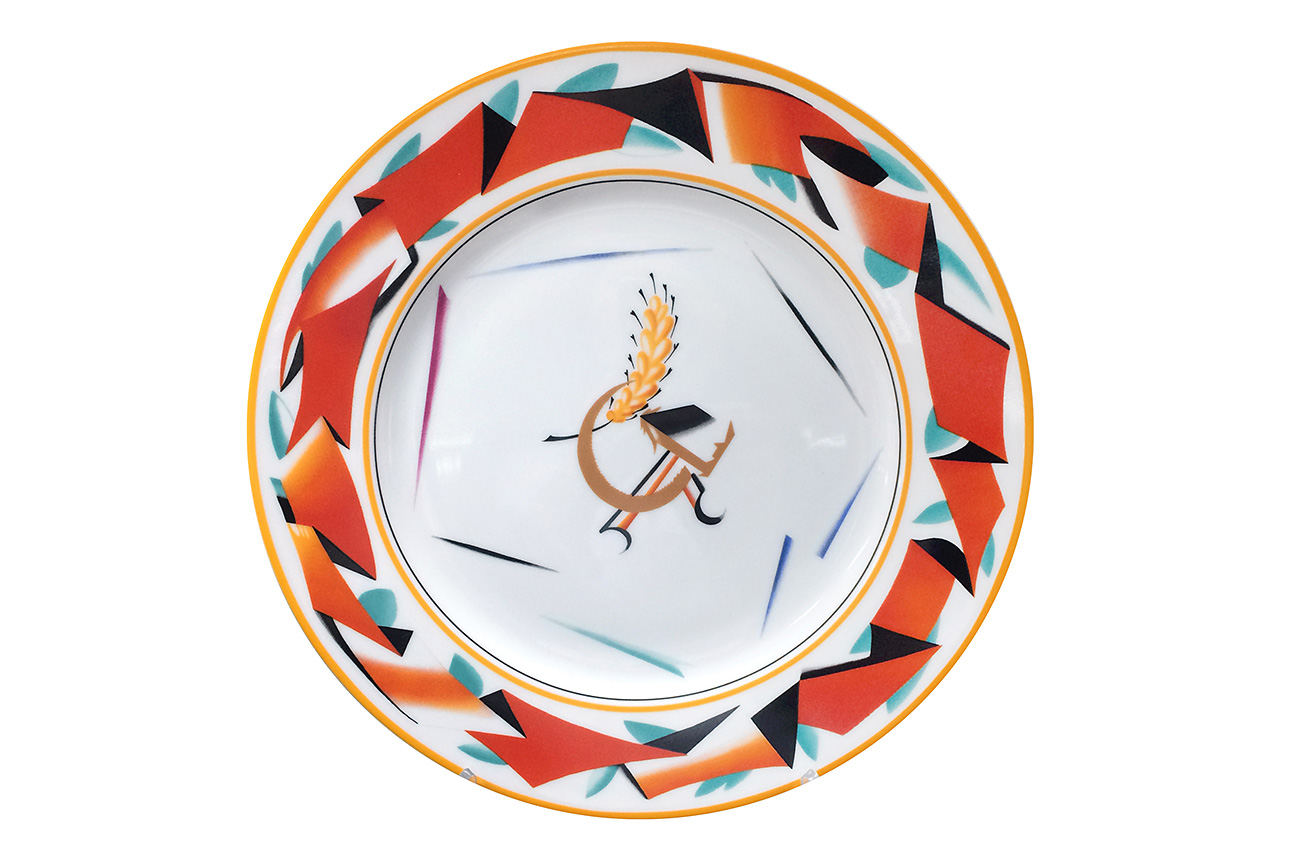 Photo: Imperial Porcelain Factory
Photo: Imperial Porcelain Factory
Another plate called “Red Ribbon” featuring Soviet symbols: a red ribbon, hammer and sickle, and spikelet. It’s also priced at $20.
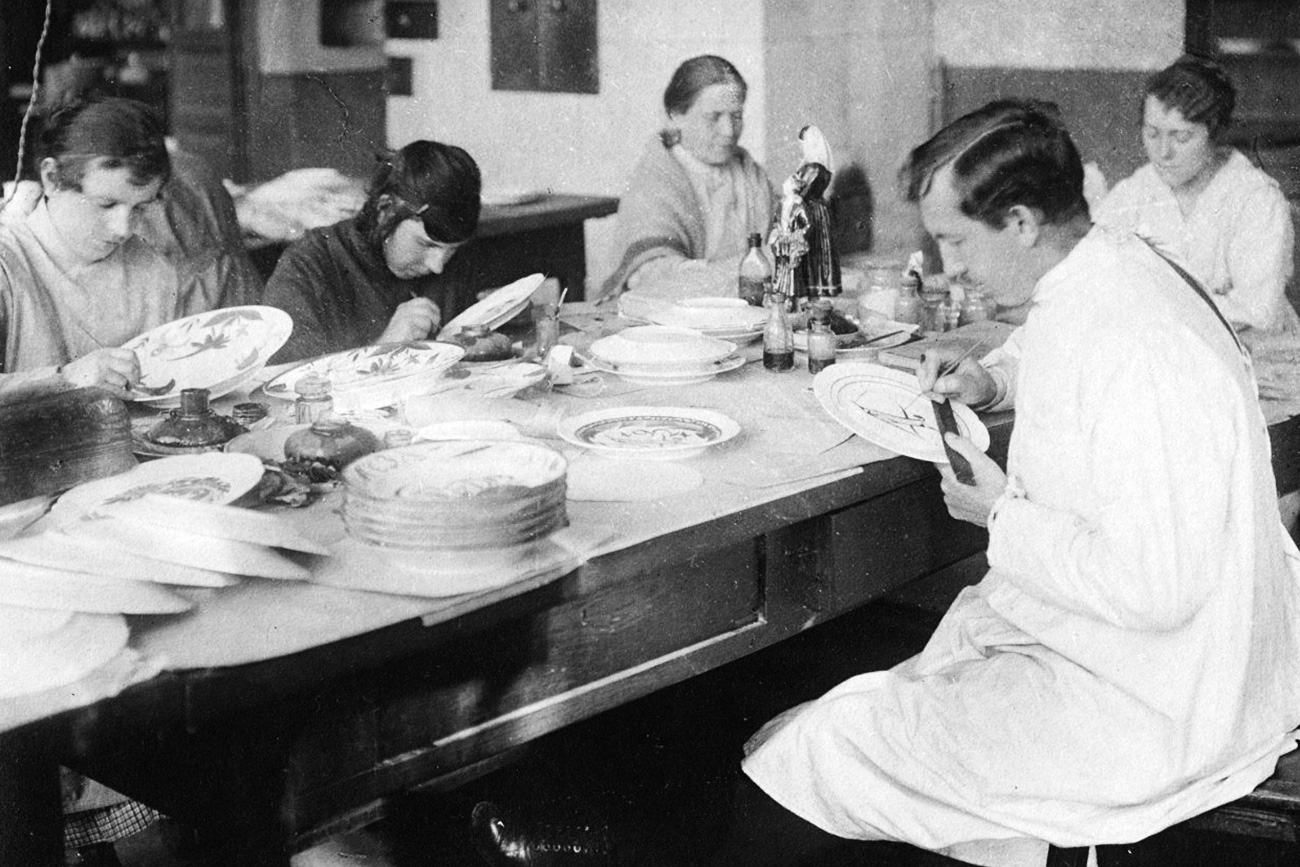 Photo: Imperial Porcelain Factory
Photo: Imperial Porcelain Factory
Another image of the factory’s artistic studio, taken in the late 1920s.
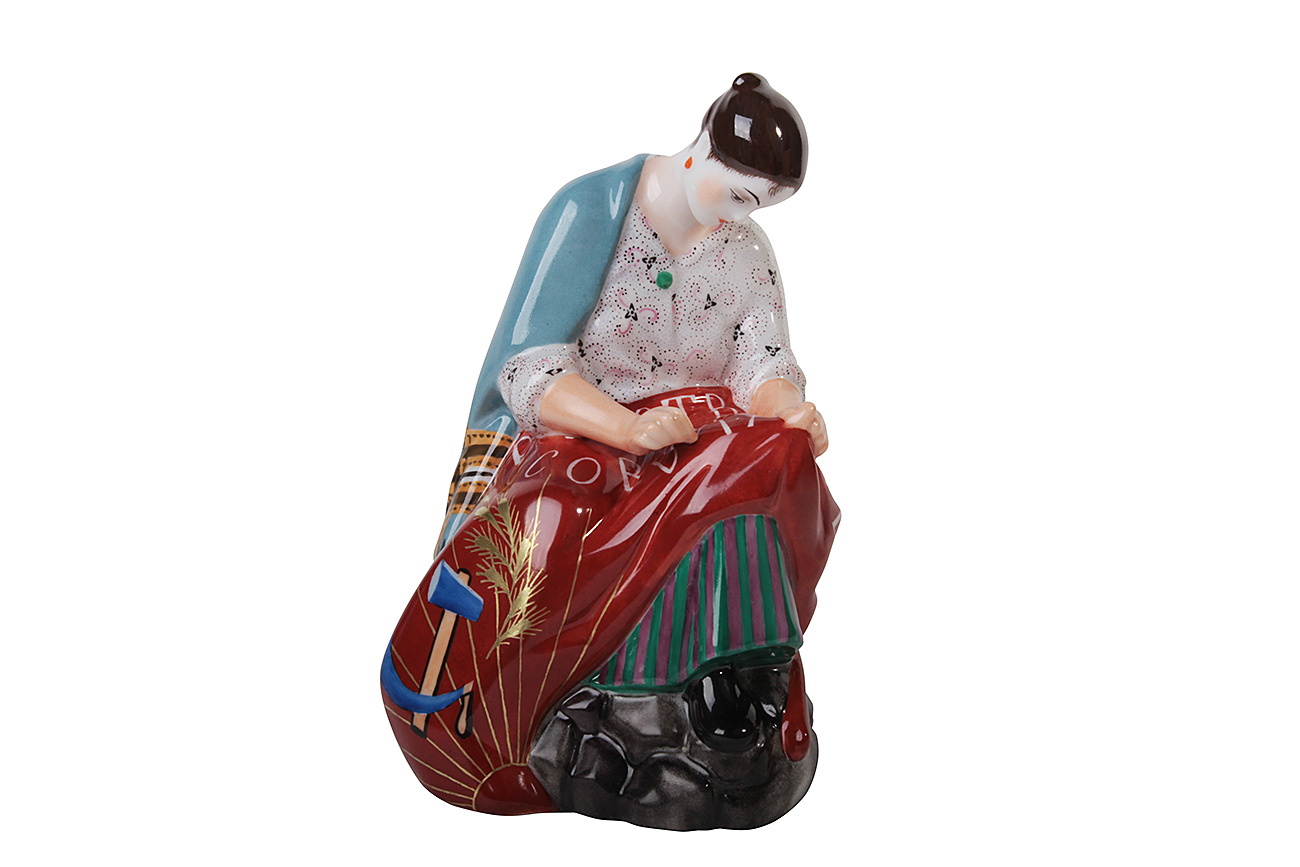 Photo: Imperial Porcelain Factory
Photo: Imperial Porcelain Factory
“A worker embroidering the banner” – this item also features a hammer and sickle, and spikelet. (38,200 rubles or $647).
If using any of Russia Beyond's content, partly or in full, always provide an active hyperlink to the original material.
Subscribe
to our newsletter!
Get the week's best stories straight to your inbox